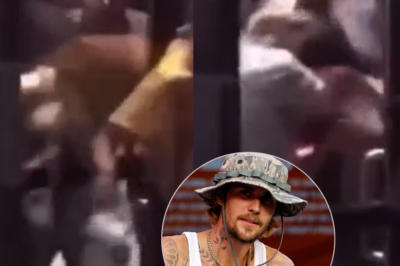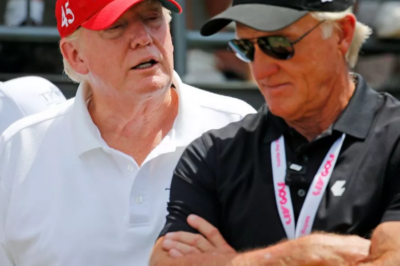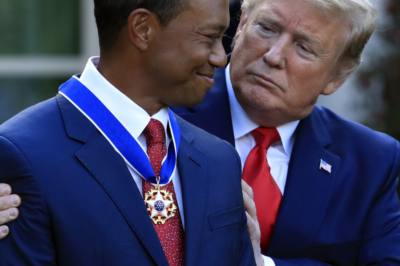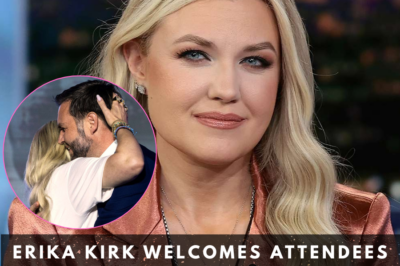Tesla CEO Elon Musk promised investors that fully autonomous robotaxis would expand to San Francisco in a matter of months this summer.
However, regulators soon discovered the company had no permits for driverless vehicles and instead planned human-driven trips limited to invited riders only, per a recent article in Reuters.
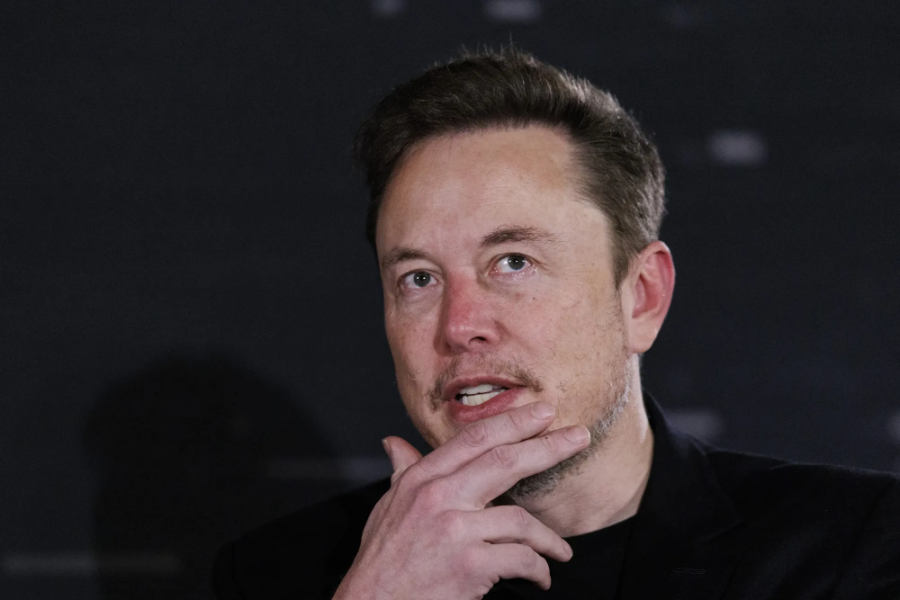
What’s happening?
Back in July, Musk announced Tesla would rapidly deploy robotaxis to the San Francisco Bay Area after receiving “regulatory permission to launch.” He posted on X that the service would arrive “probably in a month or two.”
However, Tesla had not applied for the necessary permits for autonomous vehicles, which require years of testing under state oversight. Instead, the company planned pre-arranged rides in regular, human-driven vehicles using permits typically reserved for limousines that prohibit on-demand ride-hailing.
State transportation officials expressed alarm in emails obtained by Reuters through public records requests, with a senior California official asking Tesla to clarify the “public confusion” surrounding its robotaxi claims. The Tesla employee did not directly respond, stating only that customers would receive information when it became available.
California regulators require Tesla to “properly and accurately” describe its service and ensure communications “provide a clear distinction” between human-driven operations and true, autonomous ride-hailing, per Reuters’ reporting.
Why is the announcement concerning?
Tesla’s misleading robotaxi marketing could leave many potential customers feeling deceived about the services they’re actually purchasing. People expecting autonomous rides may find themselves in gas-powered vehicles with human drivers, which can create frustration and disappointment for those who paid premium prices for what they thought was cutting-edge technology.
The confusion could also affect Tesla’s financial credibility. Musk’s robotaxi claims underpin the company’s $1 trillion valuation and his proposed compensation package, worth hundreds of billions of dollars. When the reality potentially falls short of his ambitious claims, customers can also face potential price increases or service cuts as Tesla scrambles to meet unrealistic expectations.
Such a pattern of instability could also slow down electric vehicle adoption by making customers skeptical of all EV companies’ technological promises. Trust issues could prompt consumers to return to traditional gas-powered vehicles, potentially exacerbating air pollution that contributes to health issues and global warming.
What’s being done about Tesla’s misleading claims?
There are currently multiple class-action lawsuits pending regarding Tesla’s self-driving claims, with one Tesla owner successfully obtaining a $10,000 refund this summer through arbitration after proving the feature did not work as advertised.
Meanwhile, consumers looking to make a purchase still have several reliable EV alternatives available. Many established automakers offer several EVs with transparent capabilities and proven driver assistance systems, providing dependable performance and tremendous benefits to the environment.
News
A video circulating on social media shows a large man brutally beating Justin Bieber, shocking the public.
Shocking video shows Justin Bieber being brutally beaten and falling to the ground. Every move of Justin Bieber and Hailey…
Is Harry Styles Releasing a New Album in 2026? Inside the Latest Clues and Rumors
It’s been two years since Love On Tour wrapped, and while Harry Styles has kept fans guessing ever since, his silence may…
Greg Norman flattered Donald Trump after playing golf with him.
Greg Norman gives his opinion on Donald Trump after sharing the golf course with him Greg Norman and Donald Trump…
The golf record Tiger Woods has set which Donald Trump thinks is unbreakable
For most of his career, Tiger Woods had his eyes locked on one record. He wanted to become the all-time…
Erika Kirk welcomes attendees to first AmericaFest since husband’s death, endorses JD Vance for president
Erika Kirk takes digs at Joy Reid, Candace Owens in speech Turning Point USA CEO Erika Kirk welcomed attendees Thursday to the…
The female singer involved in the Coldplay kissing scandal blames the “High Noon” drink for ruining her career.
Coldplay kiss cam scandal woman admits ‘couple of High Noons’ fueled embarrassing, career-ending moment Kristin Cabot says viral moment with…
End of content
No more pages to load

